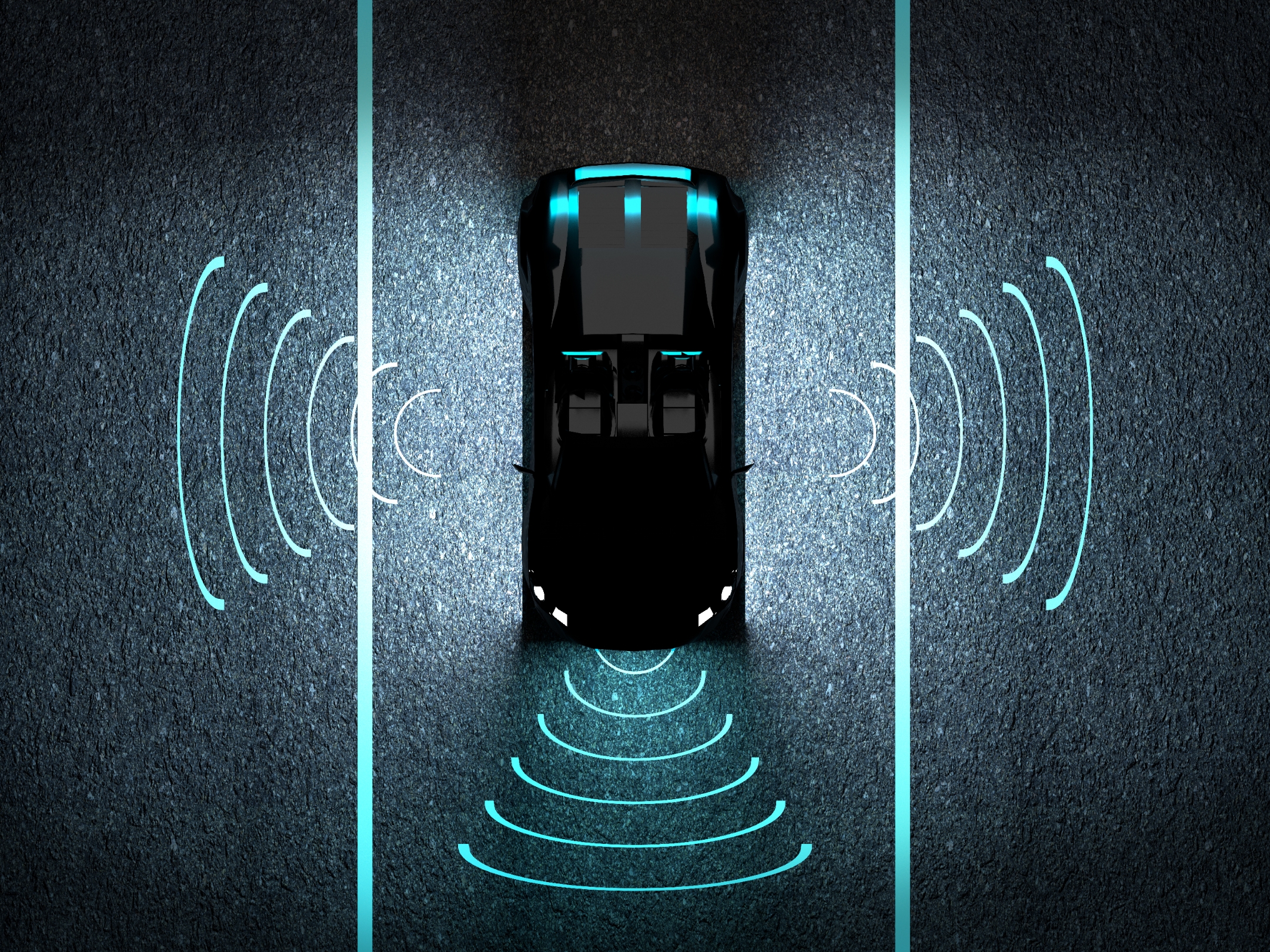The path to fully autonomous cars

The automotive industry can boast a long history of technological innovation, headlined recently by electric and autonomous vehicles (EV/AV). EVs are now a fixture of the mainstream automotive market and seem poised to continue growing in adoption as EV offerings expand, regulations incentivize their adoption, and the charging network expands. Autonomous vehicle technology, on the other hand, remains under development. The idea of a car that can drive completely on its own, with no human input, is certainly compelling. Yet, these systems are a long way from the fully autonomous chauffer we expect when we think of a self-driving car.
Current self-driving systems are limited to specific driving scenarios (such as highway driving) and require optimal weather conditions to perform effectively. For now, many companies are content to take a pragmatic approach to AV development by methodically improving their autonomous capabilities one level at a time. As the technology continues to improve, both in terms of the vehicle technology and the digitalization of development processes, it stands to revolutionize how we interact with vehicles and move about our world.

From the standpoint of a business transformation, autonomy promises to be a foundational change in the automotive and transportation industry. First, AVs will further accelerate the changing the nature of automotive products, from essentially mechanical ones to integrated multi-domain technology products. This is because AVs will rely on a mixture of more traditional mechanical systems (such as braking and steering) in concert with advanced software and electronics to enable sense-think-act functions. For AV manufacturers, this translates to a shift in value, and thus their development priorities, towards the onboard electronics and software.
As the levels of autonomy approach SAE level 5, the disruption will only grow. Many experts expect that connected, self-driving vehicle technologies will also change the way that consumers use or access private mobility. The budding synergy of connected autonomous, and electric vehicle technologies has led many experts to identify a fourth key trend: transportation-as-a-service (TaaS). The fundamental idea behind TaaS is that many, or even most, consumers will cease to own personal vehicles and will instead hail rides when needed from a fleet of vehicles owned and operated by a mobility company.
Ultimately, the realization of a true TaaS system will be a large societal shift, as well as a dramatic departure from traditional automotive business models. The claimed benefits of such a system include safer roads, less congestion, reduced cost from vehicle ownership and the convenience of automated chauffeurs that can bring us from destination to destination. And it is this last point that is perhaps most exciting of all. AVs and TaaS models should, if fully realized, offer broader access to high quality mobility, enabling more people the freedom of personal transportation.
Yet, consensus on the feasibility of a true, level 5 autonomous vehicle has not been achieved. Some experts believe that automated vehicles will always have some constraints on their operation, such as geofencing within specific regions, limitations on the types of roads an AV will use for travel, or the need for human intervention in certain situations. Indeed, the bar for a “fully” self-driving vehicle is high. As defined by the SAE, “full” self-driving equates to a level 5 automated driving system. Such a system can drive the vehicle under all conditions – rain, snow, fog, in heavy traffic, at night, etc. – and will never require a human driver to assume control. Even today’s most advanced systems are largely considered level 3 systems by the SAE’s definition.

Technologically, the escalation to higher levels of autonomy requires immense onboard computing power, advanced software, sensor hardware, and networks and electrical wiring connecting all these various components together. AV manufacturers then must integrate all the electrical and electronic hardware needed for vehicle perception, decision-making and action functions within the mechanical structures and systems. The result is a significant increase in the complexity of the processes used to design, engineer and manufacture vehicles.
The most daunting task, however, is the verification and validation of these self-driving systems to ensure their safety and reliability under all conditions. A level 5 AV will need to operate safely in rain, snow, hail and more, at all times of day and in all traffic conditions. It is therefore no surprise that verification and validation of a level 5 AV is expected to require the equivalent of several billions of miles of roadway testing. This is due, in large part, to the nearly infinite number of potential corner cases that an AV may encounter in the real world. The automated driving system must be prepared to navigate such cases while protecting the safety of the human passengers inside. It is the challenge of verifying such a system that causes such skepticism around the possibility of a true, level 5 AV.
And yet, research and development of AVs and associated technologies (such as artificial intelligence) is ongoing, and not just in the background. AV development continues to generate excitement across both the automotive and technology worlds. We have seen traditional automotive companies, startup carmakers, and some of the largest tech companies in the world all investing in the promise of AV technology, hoping to establish leadership positions in this new space and thus a hand in what is expected to be a multi-billion-dollar pie.
Want to learn more about AVs and the future of mobility? Check out the Future Car podcast with Nand Kochhar and an array of fascinating expert guests!


